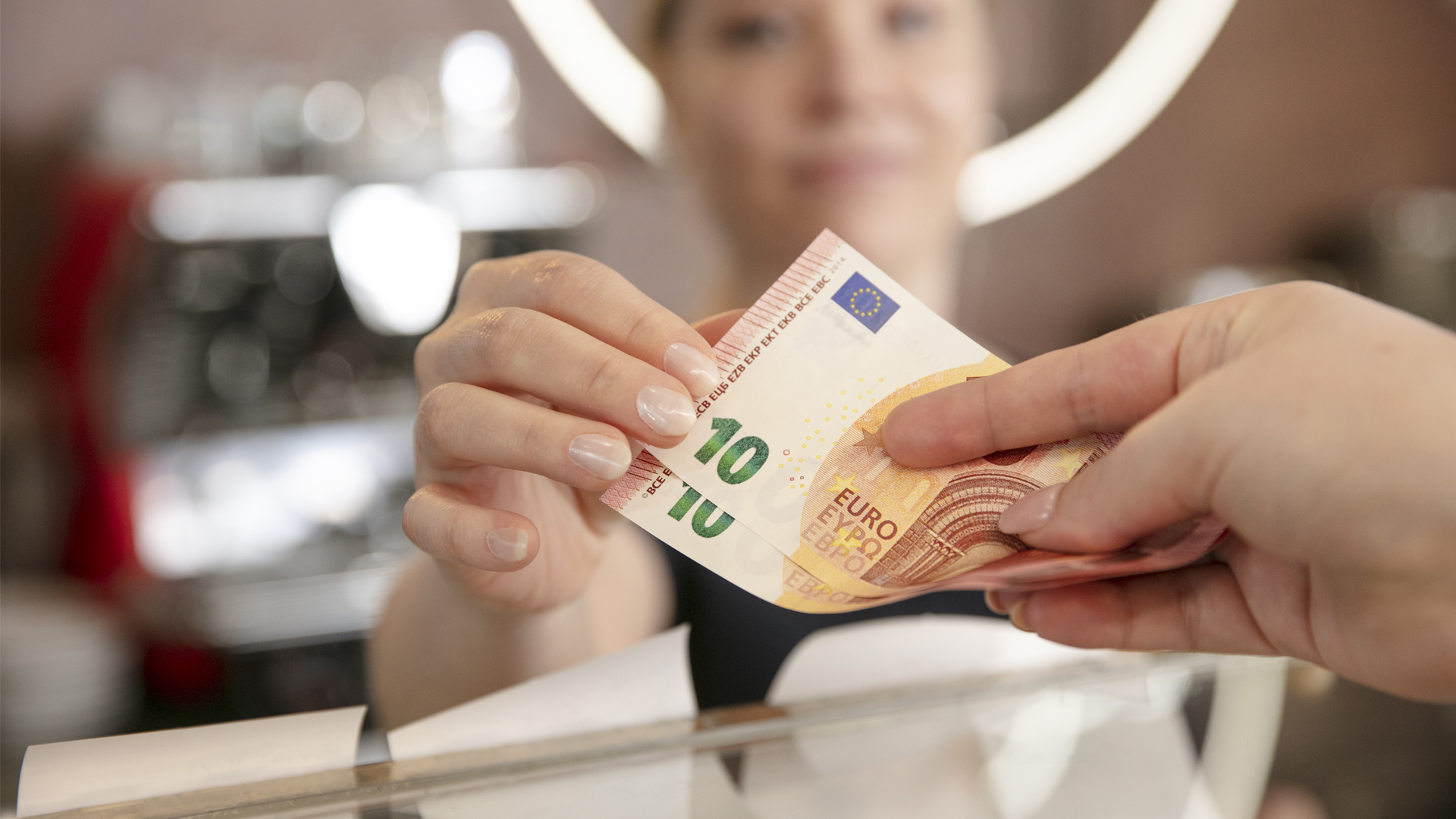Money and payments
One of the functions of money is to serve as a measure of value. It is important that the value of money remains stable. In times past, this was ensured by using precious metals as money. Now the stability of the value of money is the responsibility of monetary policy. Price stability is also important for fulfilling the other functions of money (medium of exchange and store of value). The stability of the value of money is measured by price indices, the most important of which is the Consumer Price Index.
Cash issued by the Bank of Finland has been used since 1811. Although use of cash has decreased significantly, cash is still the main means of payment for part of the population.
Card payments became widespread in Finland in the 1960s. Cards acquired a magnetic strip in the 1970s. The chip feature, which became common in the 2000s, greatly increased payment security. Contactless payment became possible in 2013. Mobile payments became common in Finland in the 2010s. Mobile payment means paying with a smartphone or other mobile device.
Technological developments have enabled the emergence of new payment methods. The growth of online shopping has also promoted the development of payment methods.

Technological developments have enabled the emergence of new payment methods. The growth of online shopping has also promoted the development of payment methods. As people’s purchasing behaviour changes, payment methods also change. The field of payments is going digital. New players and payment methods are constantly entering the market. Will digital currencies become more common in payments in the future? Will we identify ourselves with facial features or the iris of the eye instead of a PIN code?

How do I recognise a genuine euro banknote?
Security features make money counterfeiting more difficult. Various holograms, special inks, features visible in ultraviolet light and infrared light as well as other non-copyable elements are basic features of euro banknotes. Some security features can be seen by the public. Some, on the other hand, can only be seen by money handling professionals using special equipment.
Feel: The embossed printing feels rough, because the ink is raised on the surface of the paper. The best way to feel the print is at the series of lines on the left and right edges of the banknotes. Euro banknotes only have embossed printing on the front side of the banknotes.
Look: When held against the light, a watermark, security thread and portrait window are visible in the hologram stripe. The security thread in the euro banknotes is embedded inside the paper, and against the light it is visible as a dark line in which the euro symbol € and the value of the banknote can be read.
Tilt: By tilting the banknote, the banknote value and the structures of the main image can be seen in the hologram stripe on the front side of the banknote. The denomination number in the bottom left corner shows a scrolling crossbar, and the colour changes from blue to green.